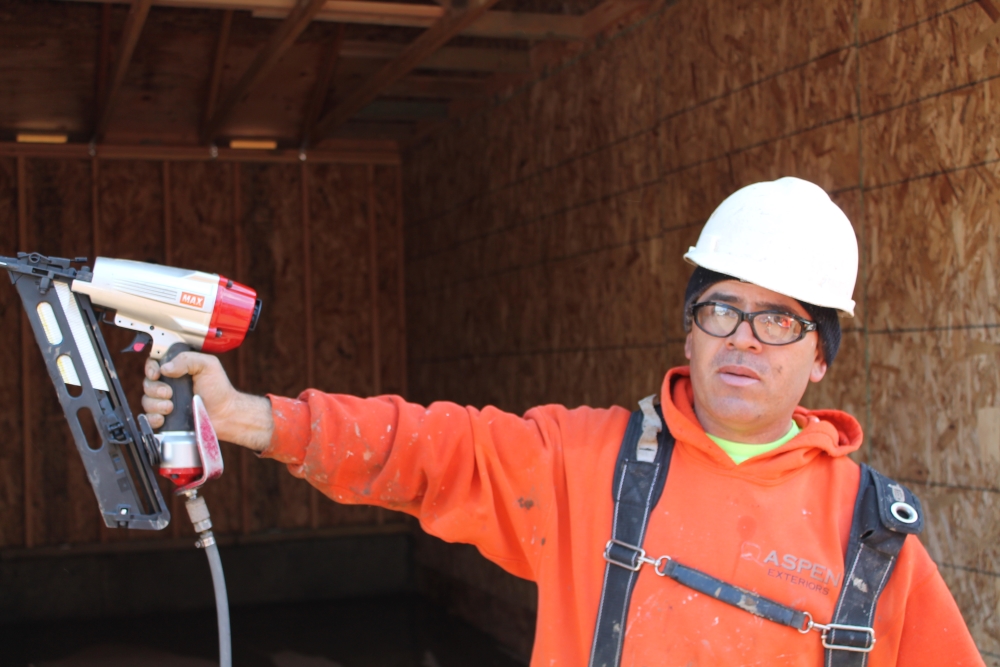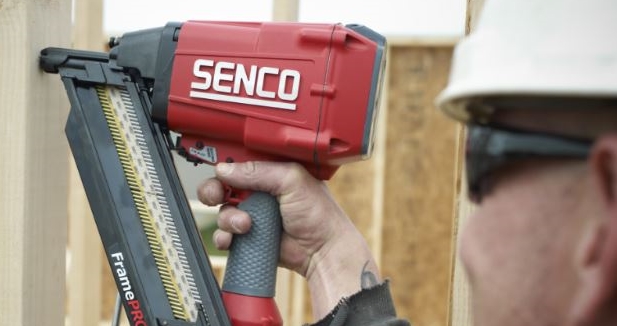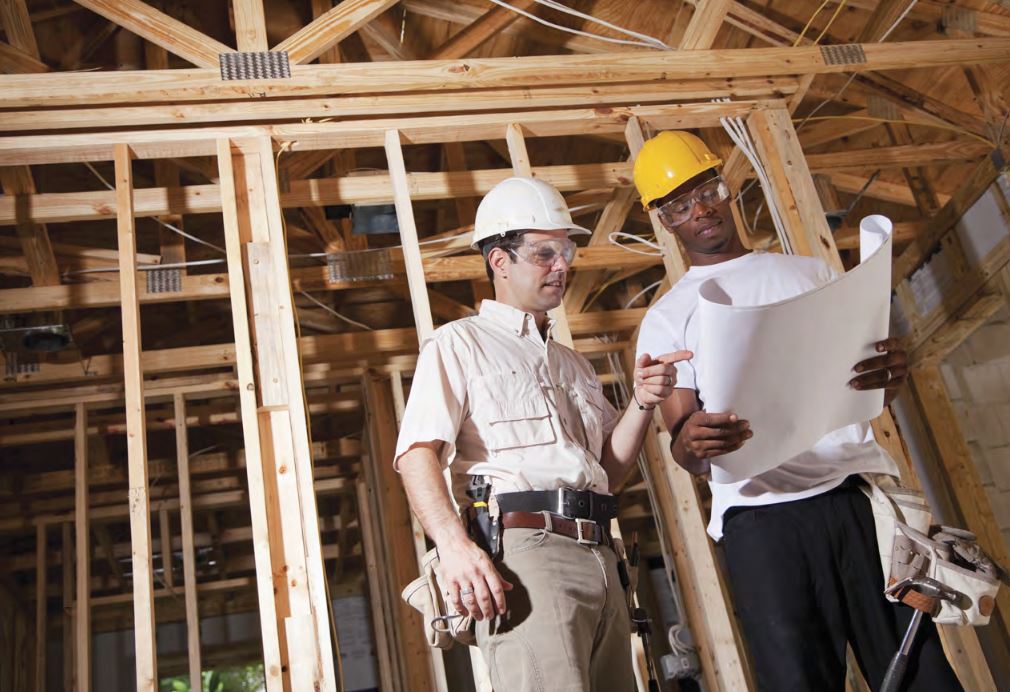10 Tips For Air Tool Safety

Almost everyone who works in construction has a horror story that involves a power tool. You may have read our January 2014 blog post about a carpenter who accidentally fired a framing nail into his heart. Luckily, he survived the incident, but not without becoming a cautionary tale in Vice magazine.
According to OSHA, nail gun accidents alone account for tens of thousands of serious injuries each year, and they account for more construction-related injuries than any other power tool. And those are only the reported ones.
Just because you’re working on a weekend project, or using a lightweight power tool, doesn’t reduce the risk for injury.

Before You Pull the Trigger
What are the best ways to prevent air tool accidents? Job one is to READ THE INSTRUCTIONS. In fact, you should do so before even firing the tool, which we admit is hard to do when a brand new air gun is burning a hole in your tool bag.
You’ll notice the larger part of a tool’s manual is comprised of warnings; exclamation points in rounded triangles, circles with diagonal slashes through them and occasionally curious illustrations. You’ll see “no horseplay” a lot in user manuals. The warnings are easy to gloss over, but heed them. A power tool mishap can simply ruin your day, or it can shorten your career. Before becoming a statistic, familiarize yourself with the following safety tips.

10 safety tips to follow when using an air tool:
1. Read the manual.
2. Wear protective gear, including safety glasses, shoes, gloves, hard hat, face shield, ear plugs, and whatever else the task requires.
3. Use the right fasteners for the tool. This can prevent damage to the tool as well as accidents down the line.
4. Maintain your tool, hoses, and compressor. Occasionally inspect tools for damage, replace worn parts and use air tool oil, if need be. RolAir has some great tips for maintaining an air compressor.
5. Store tools in a dry place and clear off any debris after using. Moisture, dust and fumes can damage tools. Read our blog on How To Avoid Destroying Your Pneumatic Nailer for more information.
6. Keep a clean work area to avoid tripping and combustion. NEVER blast away debris from a workspace or from skin using a compressor. It can propel metal particles, fragments or chips. Air driven under the skin can cause an embolism. If you clean an object with a compressor, OSHA has specific regulations for protective gear, chip guarding and air pressure (below 30 PSI).
7. Always use the correct air pressure required for the tool. Check the user manual for guidelines, or learn more about PSI here.
8. Opt for Sequential over Contact fire. Reserve rapid bump firing for high-volume, high-speed applications. See our video on safe trigger use. Also, respect the rebound. After driving a fastener, allow the tool to recover before for making contact with the surface again.
9. Keep your finger OFF the trigger until you’re ready to drive a fastener. Always refrain from pointing a tool at anyone.
10. Turn your tools off when not in use. That includes air nailers, staple guns, air compressors, etc.

Besides ensuring your tool is in working condition, make sure you are, too. Don’t overreach, and avoid alcohol or other substances that can cloud judgment or impair movement. Want to see more? Our friends at Senco have even more great safety tips for using power tools.
~ The Nail Gun Depot Team


